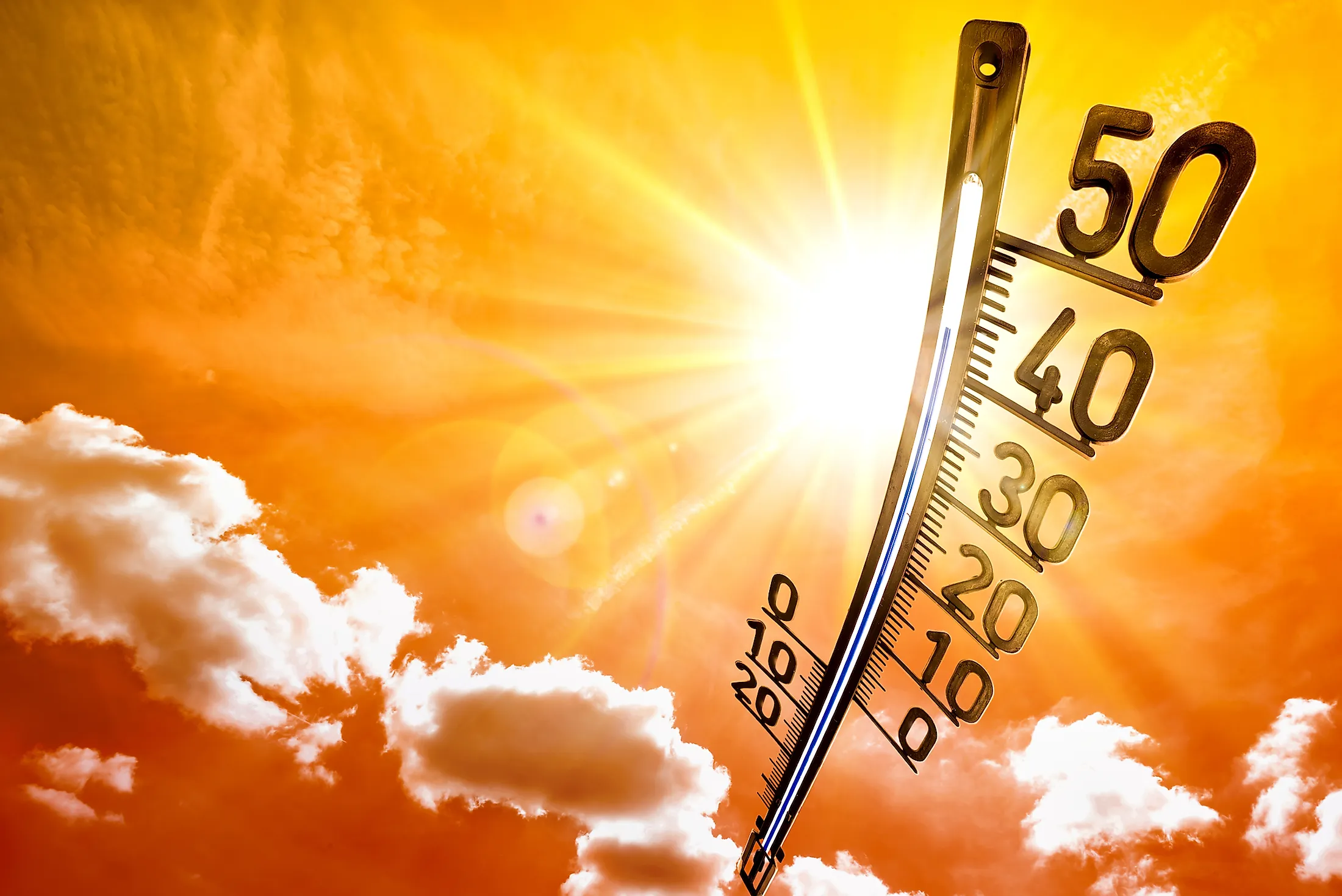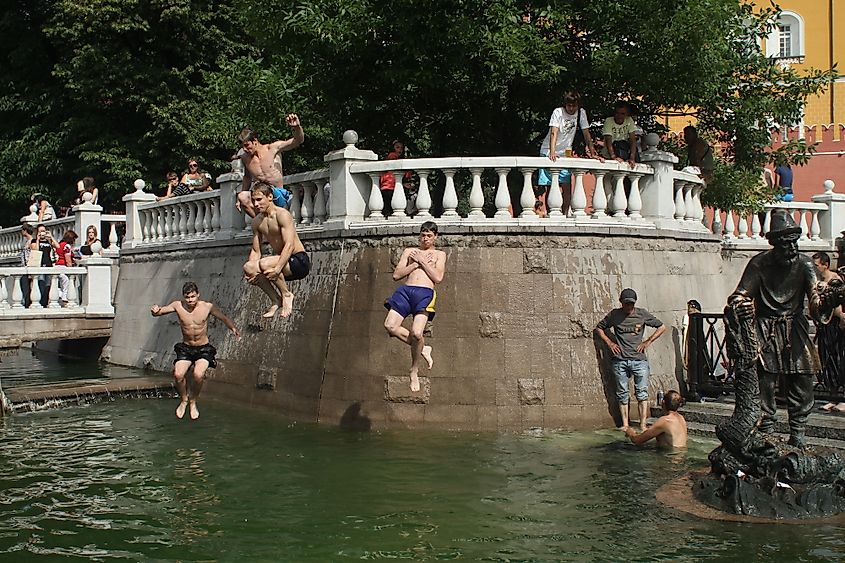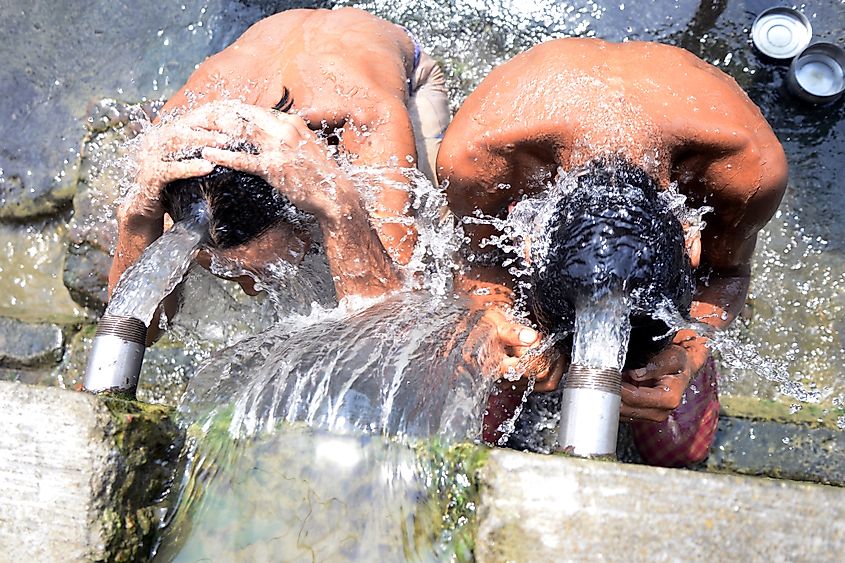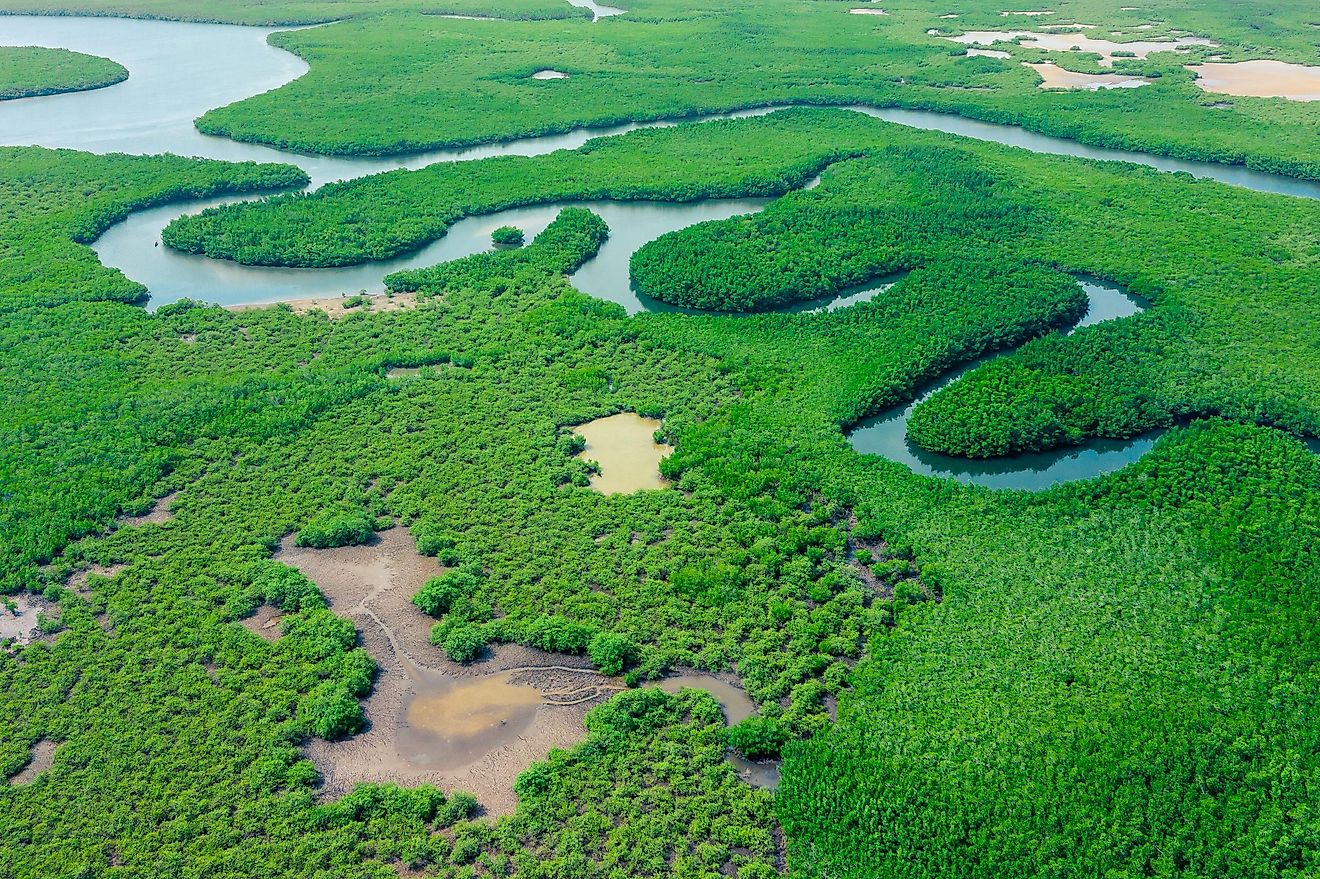
The 11 Worst Heat Waves In History
The effects of climate change continue to have a dramatic impact on populations across the globe, particularly with rising temperatures. And though many people in the world often seek hot climates for summer enjoyment, extreme heat is simply a dangerous phenomenon. From drought to fires, to the strain put on electrical systems, to the tragedy of deaths, heat waves are becoming an unfortunately common occurrence. This article looks at the 11 Worst Heat Waves in History.
Eastern United States - 1901
Considered one of the deadliest heat waves in American history, some 9,500 people perished during this summer heat wave. Lasting from June to August 1901 and covering a vast expanse of the Eastern United States, from St. Louis to New York, daily temperatures reached highs of 42 C. A record number of horses also died in New York City, where up to 250 succumbed to heat stroke in just a few days. This two-month heat wave ultimately proved one of America’s most fatal, and before the advent of modern cooling technologies, little relief was to be found.
United States Nationwide - 1980
From June to September 1980, a blanket heat wave covered much of the continental United States, with sustained highs of 42 C. Estimates on the total number of deaths vary but go up to at least 1,700 people, particularly in the country’s South and Midwest regions. Considered one of the longest recorded modern heat waves, significant economic and agricultural pain was also experienced, and a massive drought led to roughly $20 billion in damages. With a high amount of livestock deaths, the financial well-being of many farmers was seriously jeopardized, and many Americans struggled to keep cool for a prolonged period.
Russia Nationwide - 2010

With temperatures exceeding 40 C, the Russian summer of 2010 was the hottest in more than 100 years, and some 56,000 deaths were recorded. In a land known for its cold winters, this heat wave was very rare, and the prolonged period of extreme heat destroyed much of the country’s agricultural production. In addition, massive wildfires plagued the Russian countryside, severely affecting air quality. Indeed smoke inhalation was a leading cause of illness and death during the heatwave.
Southern Pakistan - 2015
Though it thankfully only lasted for one week in June 2015, the blistering heat that struck southern Pakistan claimed the lives of 2,000 people. With temperatures in cities like Turbat reaching 49 C, a massive strain on water supply hit the nation, while local morgues could not keep up with the number of bodies being brought to them. Occurring during the Islamic holy month of Ramadan, which requires Muslims to abstain from eating during the day, clerics temporarily lifted the orders to allow people to access the much-needed hydration.
India Nationwide - 2015

Up to 2,500 people perished in May 2015 when a severe heat wave blanketed much of India. With temperatures ranging from 40 to 49 C, this particular heat wave was extreme even by Indian standards, which frequently sees high temperatures. Streets in the capital of New Delhi were reported to be melting as concrete and asphalt warped under the suffocating sun. This heat wave also significantly affected transportation, and those who needed to reach a hospital were met with another difficult obstacle. India’s water supply was also considerably strained, and with a staggering population of 1.4 billion people, resources to stay cool and hydrated were stretched thin.
Chicago - 1995
Temperatures soared to highs of 40 C in Chicago in July 1995, where 739 heat-related casualties were reported. In fact, on one day alone, a record 215 people died, many of whom were elderly residents in poorly ventilated living facilities as they could not afford adequate air conditioning. With pressure on Chicago’s water supply and electrical grid, city officials began an aggressive campaign to better prepare for the next natural disaster. Indeed many politicians promoted the enforcement of safeguards for vulnerable segments of the population in cases of extreme weather.
Greece Nationwide - 1987
The summer of 1987 scorched much of Greece and its islands, with temperatures reaching up to 45 C for nearly two months. Some 1,500 Greeks died during the heatwave, and cities like Athens literally baked for days on end. Due to a lack of adequate air conditioning in many parts of the country, hospitals were flooded with more patients and deaths, and morgues struggled to keep up with the request for burials. In addition, wildfires affected agriculture and air quality, and the busy tourist season notably shrank.
Eastern United States - 1896
New York, Chicago, Newark, and Boston experienced a devastating heatwave in August 1896 that persisted for nearly two weeks. With temperatures averaging around 35 C, and when air conditioning was not widely available or sufficiently sophisticated, some 1,500 people lost their lives. Many low-income families were particularly affected, and poor housing conditions led to overcrowding and increased danger from the high heat. Ultimately while not the deadliest heatwave in American history, the 1896 disaster revealed the need for better social programs and more efficient cooling technologies.
Europe - 2003
The hottest recorded summer on the European continent since 1540, the heatwave of July and August 2003 was a punishing time for Europeans and tourists alike. With temperatures averaging 40 C for a daily high, more than 70,000 people tragically died. These scorching days cost Europe billions of dollars in lost crops and created widespread drought. France was struck particularly hard, with that nation alone reporting some 14,000 casualties. In addition to the excessive temperatures, heat stroke and stagnant air were amongst the most fatal factors for the high number of victims.
North America Drought - 1988
A prolonged drought in the summer of 1988 hit many parts of North America and brought on extremely high temperatures in several places and at different times. Coupled with low rainfall levels and diverse geographic areas, the heat wave and subsequent drought were difficult to control. According to estimates, death tolls ranged from 5,000 to 10,000 victims, and daily highs hovered around 37 C. The heat wave caused numerous electrical grid problems and widespread water shortages and dry conditions.
India Nationwide - 2002
Though not officially the summer season, the heat wave that hit India in April and May 2002 resembled temperatures not typically seen even at the height of summer. Averaging 43 C in several cities across the country, up to 1,200 people perished in this brutal heat wave. The state of Andhra Pradesh was especially affected, where dry winds brought extreme temperatures and sustained them for weeks on end. Water supply was severely limited, hospitals overflowed, and streets and concrete warped under the unrelenting sun.
Heat waves have had adverse effects on people around the planet for centuries. As the progression of climate change proceeds, the need to be better prepared for extreme temperatures has become paramount. From North America to Europe to East Asia, the historic heat waves of the past serve as reminders of the need for protection for populations at risk of experiencing the blistering sun.











